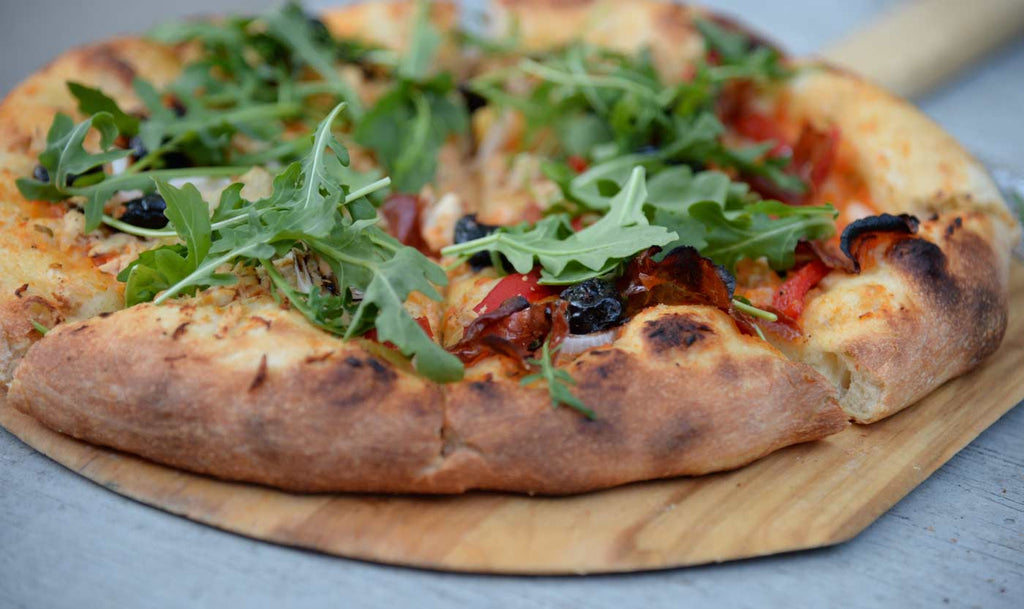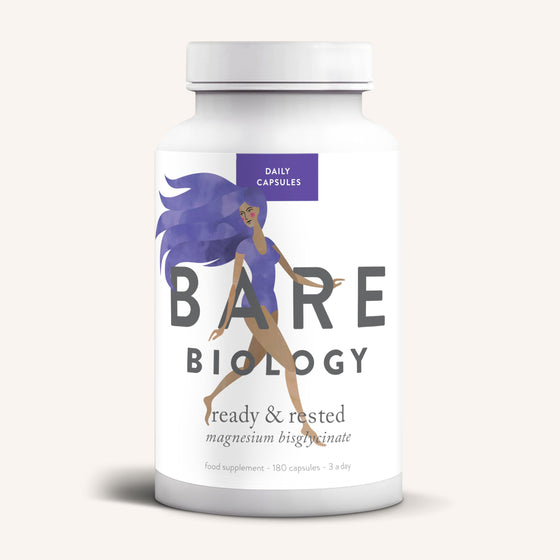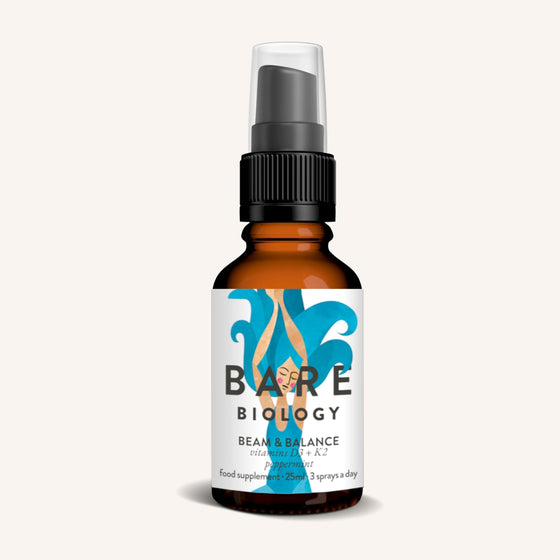You’re probably holding your breath and expecting me to reel off a list of foods I’d like you to cut out for the next month to help you achieve your 2017 health goals. Worry not. I couldn’t think of anything worse to start the New Year. Perhaps to your surprise (and hopefully delight) I won’t even be asking you to cut out any foods you don’t feel comfortable with. At least not yet. You may even find my advice peculiar to begin with. I don’t want you to go on a juice fast. I don’t want you to starve. And I don’t want you to cut out
Right now, we’re living in the age of Paleodom. After years of
demonizing fats, they, alongside protein, are our new Kings.
I’m a big fan of eating

Photograph by Brooke Lark.
Right now, we’re living in the age of Paleodom. After years of
Why you should eat more carbs when starting a detox
I might sound a little bit
A healthy gut makes lighter work
for our liver – something we all want after a month of heavy drinking.
This might sound crazy, but a good detox plan should start with your bowels. Not your liver. Scientists think of our guts as part of our outer skin; it’s a large part of our body that determines just how many toxins we absorb. It sounds odd, but consider the route your lunch takes once it’s eaten, broken down and finally eliminated. The nutrients from your meal can’t get into your body unless they pass through the lining of your intestines, a.k.a the gatekeeper. It keeps

Photograph by David Nuescheler.
I’d love to tell you that this means you can carry on scoffing cakes, crisps and pizza
Here’s the plan:
This week I’d like you to focus on upgrading the carbohydrates you eat. Nothing else. Simple.
- Start from where you are. Maintain your current diet, but swap the foods detailed below. Be realistic with your goals. You might not want to swap them all at once. Start with where you feel most comfortable, but aim to make weekly increases. By day 30 you want
to have upgraded to all of the suggestions below. - Start low and go slow. After a month of pure indulgence, you might be tempted to jump in headfirst. Don’t. Eating too much
fibre too quickly can cause excessive bloating and gas. You’ll feel horrid and blame me. Aim for one quarter of your plate to be a fibrous source. For example, most people will serve an entire plate of rice. Rather, we should serve only one quarter. The rest can be made up of vegetables and protein.
Drinking enough water, while eating more
fibre , is important for maintaining easy evacuation.
- Aim for vegetables with each meal.
- Ensure you’re drinking enough water. The ultimate goal is about 8 glasses. However, again, you want to start from where you are and aim for a realistic goal so it’s something you can maintain. If you’re drinking just 2 glasses a day you might want to start off by increasing this to 4, eventually working up to 8 glasses by day 30. Drinking enough water, while eating more
fibre , is important for maintaining easy evacuation.
Carbohydrate upgrades for beginners
|
If you eat: |
Switch to: |
|
White bread, pasta, rice and potatoes |
|
|
Refined table sugar |
Honey, |
|
Jams, marmalades |
Nut butters, honey |
|
Fizzy drinks, fruit juices |
Fresh smoothies |
|
Chocolate |
70% dark chocolate |
|
Sweets, cakes |
Fresh fruit |
|
0-5 vegetables a day |
5-7 vegetables a day |
|
Alcohol |
Maximum of 3 glasses of red wine per week |
Carbohydrate upgrades for the nutrition savvy
|
If you eat: |
Switch to: |
|
|
Gluten free alternatives. Or switch to beans, lentils, chickpeas, quinoa and buckwheat instead. |
|
Fresh fruit |
Low sugar fruits e.g. |
|
Plenty of vegetables |
Fermented vegetables e.g. |
|
Nuts, seeds and nut butters |
Sprouted nuts and seeds by soaking them |
|
7 vegetables a day |
10 vegetables a day |
|
Alcohol |
Going dry for 4 weeks! |
Shopping list suggestions for high fibre food
- Jerusalem artichokes, cabbage, broccoli, asparagus
- Spinach, watercress, kale, rocket
-
Chia seeds,flaxseeds - Oats, all
variety of beans, lentils, chickpeas, quinoa, buckwheat - Fennel, ginger and peppermint are super for reducing excessive gas
Kay’s suggestion: Try this great healthy carbohydrate recipe idea for breakfast.

Kay Ali is our Better in 30 Nutritional Therapist. She’s put together a food plan that’s so easy, you won’t believe it. She is Head of Nutrition at Bare Biology. She has over ten years experience working in the health industry and is a Senior Associate Member of the Royal Society of Medicine.





